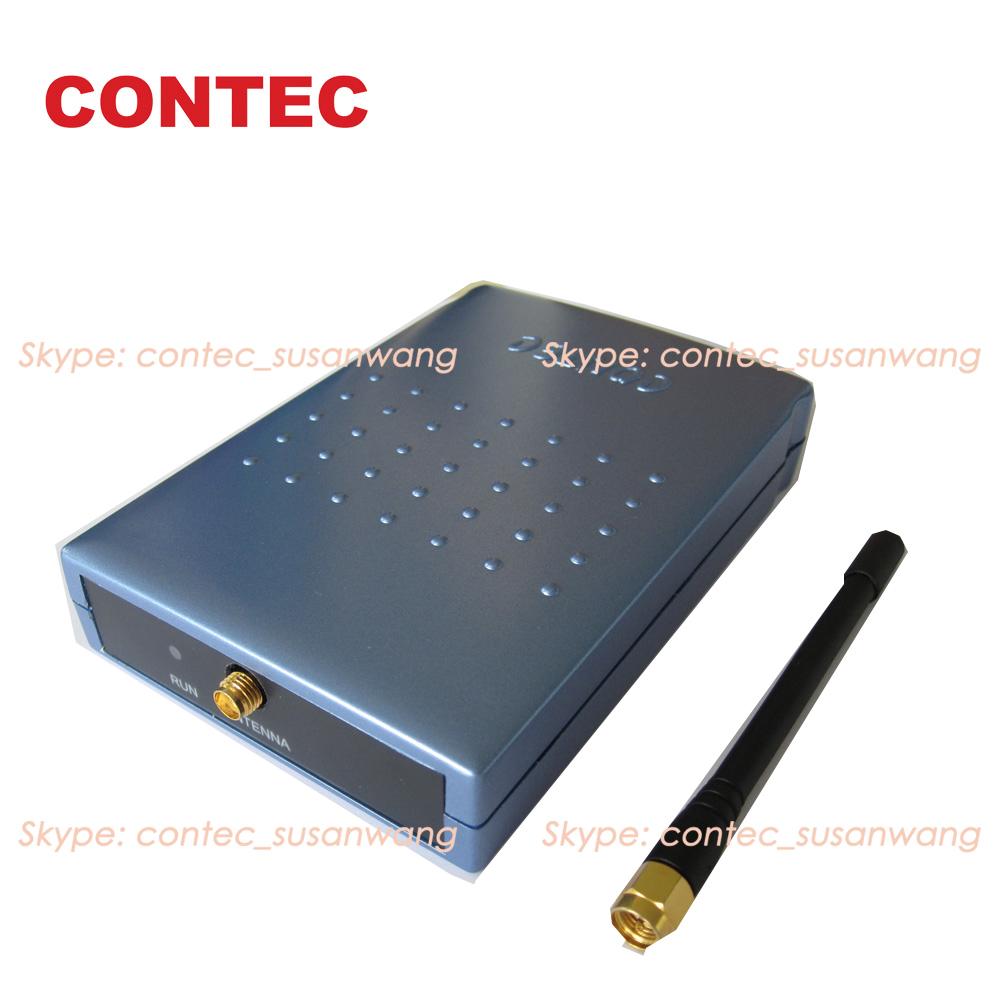

The standard scale for an electrocardiogram is 10 mm per millivolt and 25 mm per second, but that can be adjusted. The thermal paper (15) used by the printer has a 1-mm grid. Its thermal printhead (11) carries a straight-line array of heater elements, each of which prints when a 15 corresponding transistor is activated.
#Radio cardiograph mac#
The MAC 2000 prints the report on demand with a printer. Diagnosisĭoctors see information from the 12 leads in a report called an electrocardiogram, or EKG. Tracking this potential in voltage over time produces waveforms, which are displayed in a 3 x 4 grid on the machine's 7-inch LCD display (2). Each lead is a calculation of the electrical potential between electrodes, which changes when the heart contracts. While these digital values are generated by the electrical impulses measured by the ten lead wires, they are used to calculate 12 different leads. We want to empower you with CardioGraphe, the only dedicated cardiac CT, by supporting your expertise and helping you to elevate your practice to the next level. An analog-to-digital converter (5) turns the stronger, clearer signal into a digital value. The only Dedicated Cardiac CT Every day, you have the opportunity to make a real difference in your patients’ life. When they first enter the guts of the machine, those signals are too weak to work with, so they are sent through an instrumentation amplifier (4) to boost them from millivolts to volts and then through a band-pass filter (4) to remove high and low frequencies, isolating the useful midrange. That means doing some math with the signals. The real job of the electrocardiograph is to translate the heart's electrical signals into waveforms a cardiologist can interpret to detect problems. The electricity then makes its way up the network of lead wires (8) through the main wire, or patient cable (14), and into the electrocardiograph.
#Radio cardiograph skin#
An electrolyte gel transmits electricity from the skin to silver plating on the electrodes. Six electrodes are grouped around the heart and one is placed on each limb, capturing the electricity of the heartbeat in two planes: one parallel to the waist and one perpendicular. One end of the electrode adapter clip (6) grips the electrode and the other latches onto a lead-wire adapter (7). To accommodate both, the MAC 2000 uses lead-wire adapters. While some countries use reusable electrodes, disposable electrodes are more common in the U.S. The electrocardiograph uses electrodes to detect the 1- to 2-milli-volt electrical signals that make the heart contract. Its power supply (16) can work with wall power from a cord through the power inlet (12) or electricity from the onboard 14.4-volt lithium-ion battery (13), which is designed to power the machine for three hours.īecause hospitals have different systems for organizing patient information, the rear-connector-panel cover plate (1) includes ports for connecting Ethernet and flash-memory cards and a barcode scanner. The MAC 2000 is designed to be adaptable to a variety of hospital environments.


 0 kommentar(er)
0 kommentar(er)
